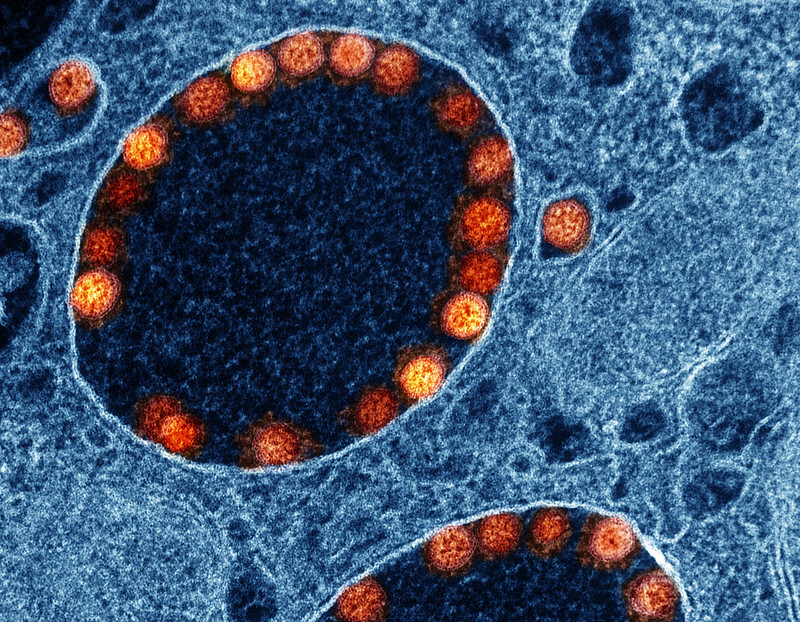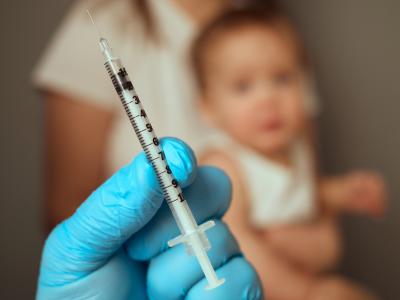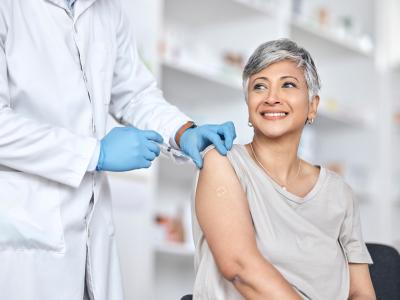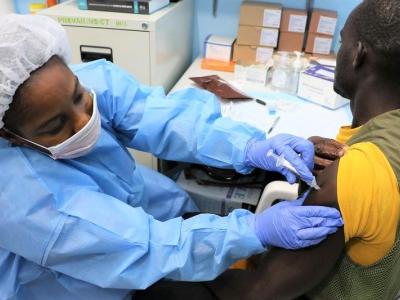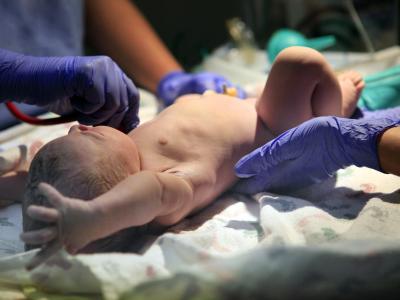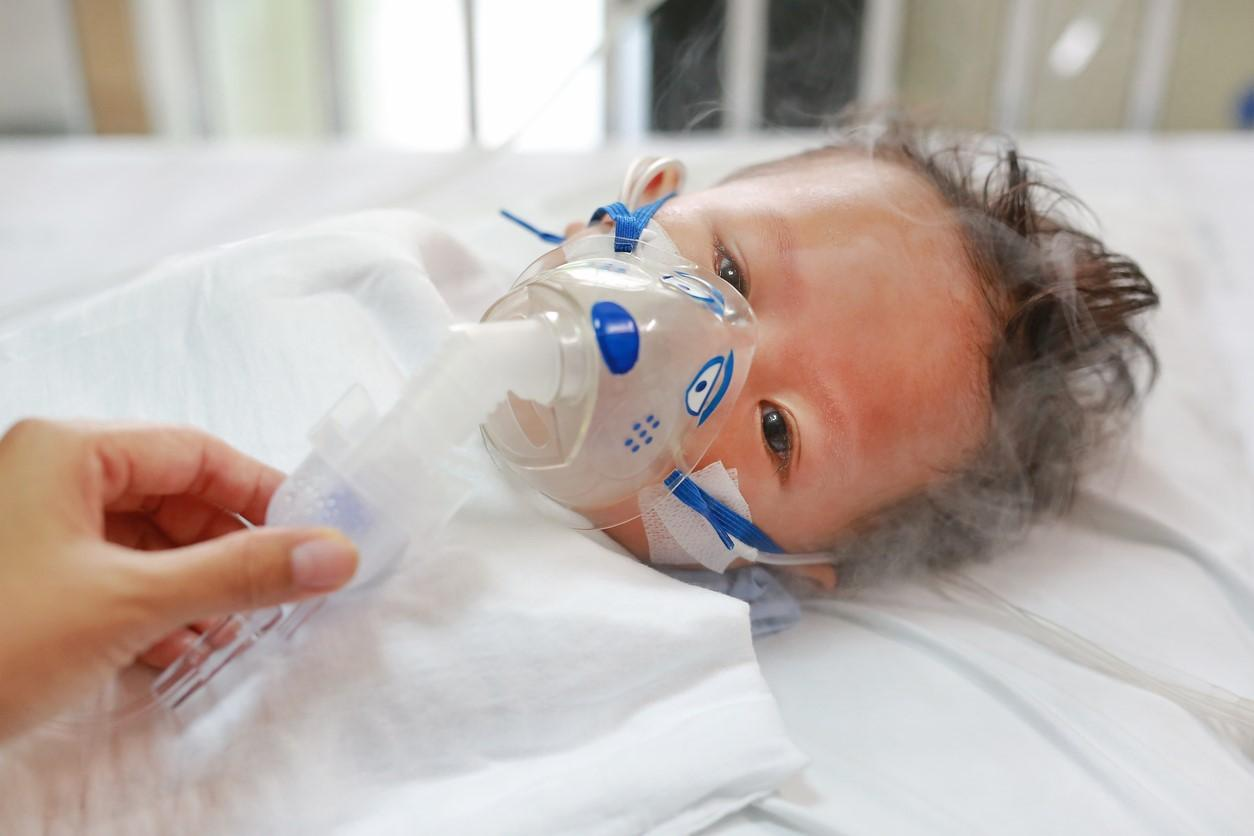
A new tool developed by a Vanderbilt University-led team may help identify infants at high risk for severe respiratory syncytial virus (RSV) lower respiratory tract infection (LRTI), according to an abstract presented today at the American Thoracic Society (ATS) 2024 International Conference in San Diego.
"To predict whether these infants developed severe RSV LRTI requiring ICU [intensive care unit] admission during the first year of life, we developed a multivariable logistic regression model," coauthor Tebeb Gebretsadik, MPH, said in an ATS press release. "The model includes demographic and clinical variables collected at or shortly after birth—19 variables in all, such as prenatal smoking, delivery method, maternal age and assisted breathing (ventilation) during birth hospitalization."
The researchers evaluated the tool in infants insured through the Tennessee Medicaid Program, including those who did not receive a preventive monoclonal antibody. They said the tool may be especially helpful during shortages of drugs that help prevent severe RSV, such as nirsevimab (Beyfortus), a monoclonal antibody in short supply in the 2023-24 respiratory virus season.
"At least half of infant hospitalizations due to respiratory syncytial virus (RSV) in the United States are among infants who are currently considered low-risk (i.e., healthy and term)," the study authors said in the abstract.
Tool may persuade vaccine-hesitant parents
Of 429,365 infants, 713 (0.2%) had severe RSV requiring ICU admission. The tool had good predictive accuracy, and internal validation indicated a good fit.
At least half of infant hospitalizations due to respiratory syncytial virus (RSV) in the United States are among infants who are currently considered low-risk (i.e., healthy and term).
Principal investigator Tina Hartert, MD, MPH, said the tool "may also persuade vaccine-hesitant families to accept RSV immunoprophylaxis [vaccination], by showing them their newborn is at high risk."
Coauthor Niek Achten, MD, of Erasmus University in the Netherlands, said it may also prove useful abroad. "In addition to use in the United States during times of limited availability, our tool may prove useful in countries with budgetary constraints needing to prioritize administration to the highest risk infants," he said.
The study was published in Open Forum Infectious Diseases in February. The authors said the tool will undergo validation in other populations and cost-effectiveness and decision-curve analyses.
